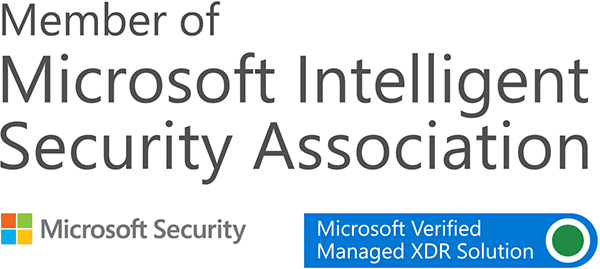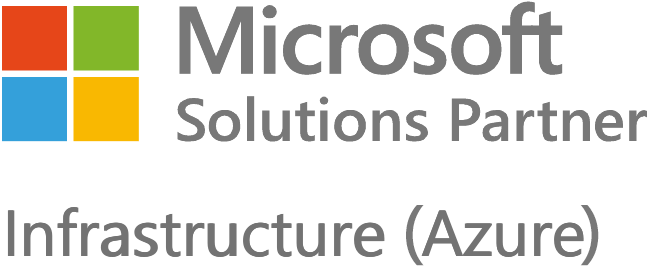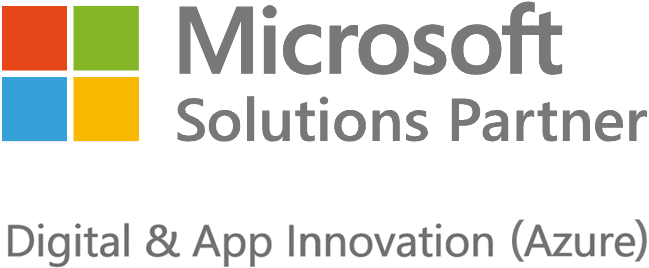How you onboard new starters is vital for recruiting and retaining talent, and overall employee experience. Get it right, and you’re on the fast-track to success.
64% of new starters1 are likely to leave within their first year because of a poor onboarding experience.
And this costs your organisation. Replacing an employee costs anything from 50% to 150% of their annual salary2.
Getting your onboarding process right is a crucial part of identity management, and sets the tone for overall employee experience.
It impacts core HR metrics like staff satisfaction, retention, talent acquisition, and employer brand.
But it also plays a big part in driving better employee engagement and productivity across the business.
Especially when it comes to your IT team. They play a critical role in getting new starters up, running and ready to make a difference.
We’ll look at why streamlining your new starter onboarding can empower the employee experience.
And why this can be the catalyst for a positive culture, primed for success.


Free Video
Identity Masterclass – Integrating HR & IDM systems
Bridge the gap between HR and IT by solving identity and access headaches caused by HCM SaaS solutions.
Discover how to:
- Properly integrate HCM systems with Azure AD
- Avoid SaaS app integration complications
- Ensure effective data governance and compliance
Challenges in manual onboarding
Manual onboarding can be a challenge, especially for IT teams.
Creating user identities, managing permissions, and ensuring access are essential for security and productivity.
However, they’re also time consuming, especially for under-resourced and overworked IT departments.
Leading to potential poor performance, human errors, lower job satisfaction and an overall reduction in employee experience.
89% of employees say that an effective onboarding process helped them feel very engaged at work
The 6 benefits of a streamlined onboarding process
Streamlining the onboarding process not only benefits new employees but also brings advantages to the organisation, making it a valuable investment for both sides.
Accelerated start for enhanced productivity and engagement
New employees are eager to contribute immediately. And 62% of businesses that have effective onboarding programs see a 54% increase3 in employee engagement, and a have a higher time-to-productivity ratio
To achieve this, they need rapid access to the tools and resources essential for their roles.
This not only enhances their efficiency and job satisfaction but also minimises frustration.
Setting a positive tone for their entire journey within your organisation and improving the employee experience.
Self-service for a better onboarding experience
Many organisations now offer self-service portals to employees during the onboarding process.
This empowers new hires to manage their access, gain insights into company policies and resources, and cultivate a sense of independence and ownership over their working environment.
Optimising resources for strategic initiatives
IT teams often find themselves overwhelmed by an excessive workload. Routine onboarding tasks can therefore consume valuable resources and time.
But, with the right tools in the business, these processes can be automated. Removing much of the manual work and allowing your IT team to redirect their efforts to areas where they’re most needed.
This, in turn, drives the business forward and contributes to a more productive and streamlined operation.
Enhancing brand reputation and driving commercial benefits
In addition to its benefits for new employees and internal processes, a streamlined onboarding process also has a profound impact on your brand’s reputation and commercial success.
When employees have a positive onboarding experience, they are more likely to become brand advocates.
69% of employees4 are more likely to stay with a company for at least three years if they have a positive onboarding experience.
This positive sentiment extends to clients, partners, and investors, contributing to your overall commercial success and profitability.
Supporting HR management and demonstrating business value
A streamlined onboarding process is not only a strategic investment for the organisation, but also a valuable tool for HR management.
It enables HR professionals to demonstrate how their processes and the development of a positive organisational culture directly impact the bottom line. This ability to quantify the business benefits and report them to the board is essential.
Companies with a strong onboarding process achieve a 50% higher return5 on equity than those with a weak onboarding process.
By aligning HR practices with business outcomes, your organisation can strategically advance its mission and values. All while achieving tangible commercial success and an improved employee experience.
Enhancing security and efficiency
A streamlined onboarding process significantly reduces the risk of human error, which can otherwise hinder employees’ access to essential tools and resources.
Ultimately affecting their job performance and the employee experience.
By ensuring that employees are granted the right access from the outset, this approach minimises the risk of security breaches and data leaks.
Creating a secure environment that fosters trust and reliability within your organisation.
Organisations with strong onboarding processes increase new hire retention by 82% and improve the productivity by 70%
Conclusion
The onboarding process is the cornerstone of a successful organisation, impacting core HR metrics like staff satisfaction, retention, talent acquisition, and employer brand.
Manual onboarding can hinder the employee experience, causing delays and errors.
Streamlining the onboarding process benefits both the employee and the organisation. Providing a quicker start, self-service options, and optimised IT resources.
This not only bolsters security but also empowers HR management to demonstrate the value they bring to the organisation’s bottom line.
Ultimately, a well-optimised onboarding process creates a secure, efficient, and trust-based work environment, fostering a positive culture poised for success.
And a catalyst for enhancing employee engagement and productivity across the business.
Key takeaways
Efficient onboarding saves time and reduces workload for HR and IT teams
Streamlined onboarding accelerates new employees’ start, improving engagement, and allowing them to get going from day one.
Self-service options empower employees, providing independence and ownership over their working environment.
Optimising IT resources through automation allows HR managers to drive the business forward, benefiting both employees and the organisation.
A streamlined onboarding process enhances security, efficiency, and profitability, contributing to a positive culture and employee experience.


Free Video
Identity Masterclass – Integrating HR & IDM systems
Bridge the gap between HR and IT by solving identity and access headaches caused by HCM SaaS solutions.
Discover how to:
- Properly integrate HCM systems with Azure AD
- Avoid SaaS app integration complications
- Ensure effective data governance and compliance
Next Steps

Great emails start here
Sign up for free resources and exclusive invites
Subscribe to the Kocho mailing list if you want:
- Demos of the latest Microsoft tech
- Invites to exclusive events and webinars
- Resources that make your job easier
























Got a question? Need more information?
Our expert team is here to help.








